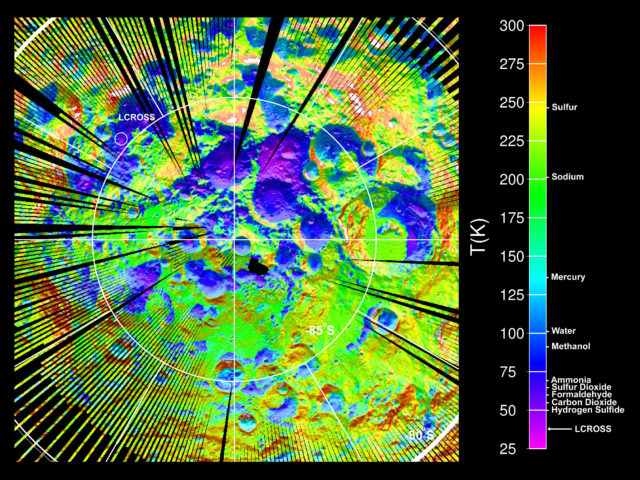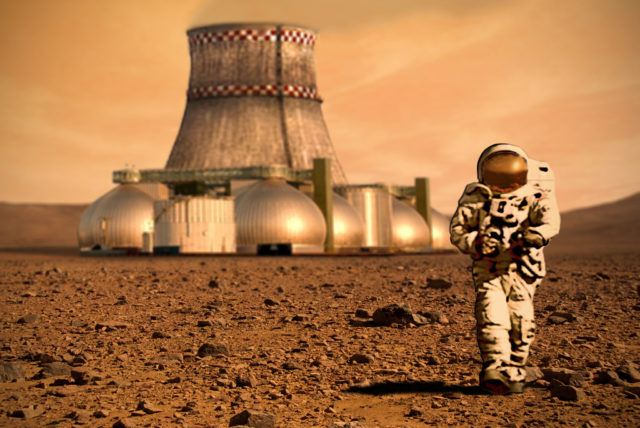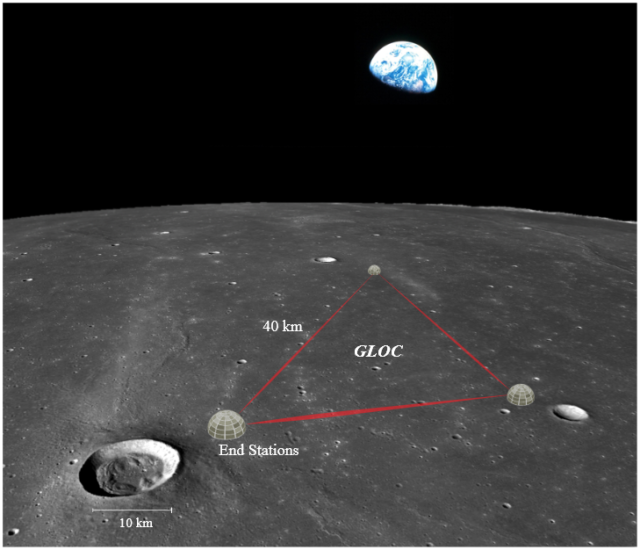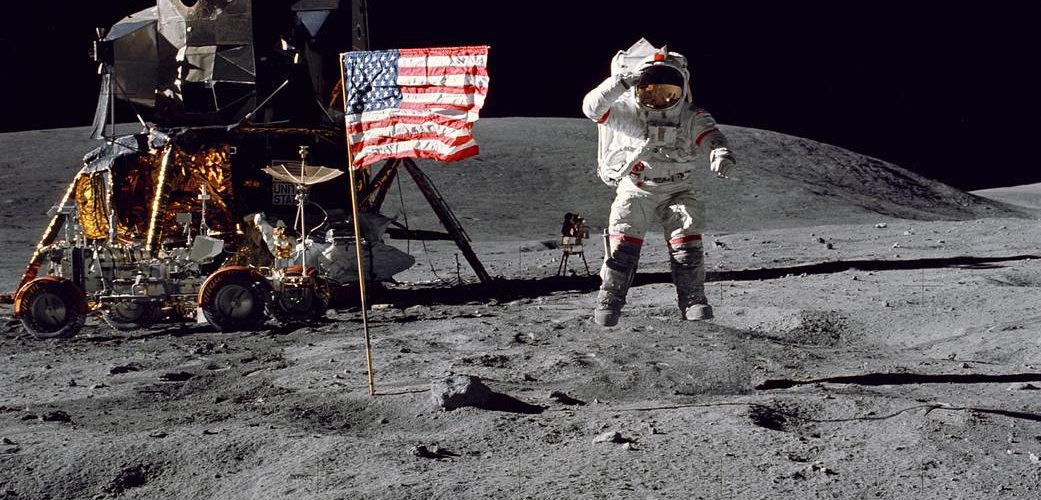The Moon appeal
Just over 51 years ago, on a historic day in July, we landed on the Earth’s moon and reached a landmark in human progress. That was not only an incredible achievement but also a gateway to a new space era. Since then, there have been many missions to a number of destinations in the solar system and beyond. Though it is surprising that no human has ever landed on the Moon after the 12 astronauts from Apollo missions, we have sent multiple spacecraft to observe the Moon and even landed rovers. Despite these facts, the Moon somehow seems to be an underdog in the space race with relatively limited discussions surrounding its exploration. This article takes a look at some of the possibilities our moon offers for future missions.
Why explore the Moon?
- Origin: Our moon lacks tectonic activities and atmosphere. Due to this, the geology of our moon has not changed much since its formation. This makes it a great record of history (of billions of years) as all the meteorite impacts, lava flows, and other such scars on its surface are intact. In fact, with powerful equipment, we can even “see” the footstep trails of Apollo astronauts1 or observe from lunar orbit2. This is why the Moon is an attractive destination to explore and test theories of its formation and how it influences Earth. The more we explore the Moon, the more we know about our planet.
- Water: Finding water on the Moon is another potent motivation for exploration. In 2009, the Moon Mineralogy Mapper on ISRO’s Chandrayaan-1 mission unearthed traces of water on the lunar surface3. NASA’s LCROSS (Lunar CRater Observation and Sensing Satellite) and LRO (Lunar Reconnaissance Orbiter) later confirmed these findings45. A very recent discovery by NASA’s SOFIA (Stratospheric Observatory for Infrared Astronomy) mission found evidence of water even on the sunlit surface6. The efforts to explore and map subsurface water have continued. Even if the water quantity on the Moon is not voluminous, it can certainly provide some clues about the origin of life.

- Harvesting helium: The lunar soil, regolith, has an abundance of Helium-3 isotope and could be extracted7. This is a rare and therefore precious resource. While the original idea of creating clean power from a helium fusion reactor hasn’t had much luck yet8, there could be other possibilities. This remains an old claim and is yet to be explored. However, if successful, it could be the best way to power all the observational instruments on the Moon.
- Colony/Moon base: Another popular idea is to establish a permanent human settlement on the Moon. The discovery of water on the Moon in this decade is an important landmark in our progress. Although the water is in crystalline form and spread across a large area in the shadows, it’s additional motivation towards creating a permanent habitat. A permanent base would not only allow us to carry out more lunar observations but also act as a home away from home. NASA’s Artemis program9 is intended for the same purpose and will hopefully land the first woman on the Moon by 2024. The Artemis program will bring tremendous opportunities and scientific gains. Humans will explore the Moon in greatest detail ever. Deservedly so, the Artemis program is one of the prime reasons the Moon is in the news again. Since only four Apollo astronauts are alive today10, it’s a pretty good idea to put another human on the Moon before the firsthand experience of walking on the lunar surface is lost forever.
- Getting to Mars: You might wonder what Mars has to do with the Moon. There is some potential in Mars to be a habitable world and that’s why SpaceX has been striving to reach for the red planet. However, that is an incredibly challenging target and the Moon could be our stepping stone in achieving that. The technologies developed to get humans safely on the Earth’s natural satellite and build a base will pave the way to reach the red planet in the future. While reaching Mars is certainly not escaping the Earth’s problems, essentially all the developments in space technology ultimately help in saving life (human or otherwise) on Earth.

Some modern ideas
While these are some of the most popular reasons to go to the Moon, there are other more interesting motivations to visit the Moon. Although these ideas may be conceptual for now and may seem like science fiction, some of these could definitely be pursued in the future and we might witness their realisation in our lifetime. After all, that’s exactly how we have progressed: by thinking the unthinkable.
- Radio astronomy outpost: Combined with the airless environment on the Moon, the so-called “far side of the moon” is radio silent. Which means the side of the Moon facing away from the Earth has least radio disturbances unlike on Earth. This makes it a perfect place to hear the low-frequency cosmic radio waves from distant galaxies. Radio astronomy has been a great tool to learn about the universe and its origin. Our celestial neighbour can be a perfect place to be a radio astronomy base, a listening outpost on the far side of the Moon.
- LIGO on Moon: The LIGO (Laser Interferometer Gravitational-wave Observatory) created history a few years ago when it detected two spiralling black holes crashing into each other. The LIGO is a very interesting experiment done from the Earth. Scientists need to take extreme precautions to filter noise. The Moon, however, has a natural environment suitable for such an observatory. This idea of a lunar LIGO itself isn’t new11 but it was recently re-proposed as GLOC (Gravitational-Wave Lunar Observatory for Cosmology) by gravitational waves researchers Dr. Karan Jani and Professor Abraham Loeb12. According to them, the vacuum and quieter environment on the Moon are ideal to explore low frequency (0.1-5 Hz) wave detection which could detect intermediate-mass black holes.

- Lunar launch station: Purely from a physics point of view, a rocket launched from the moon would need much less fuel compared to the Earth as the Moon has less gravity. So, it will be cheaper to launch anything from the Moon because of less gravity than Earth. But what if we could build a rocket and the payload on the Moon and launch it from there? Sounds crazy, right? However, if we can set up an industrial lunar base considering the fact that the Moon has mineral-rich soil, it could indeed be a cost-effective solution to launch all future missions to anywhere in the solar system. Of course, setting up such a launching station itself would be an arduous task and goes well beyond the idea of a mere human settlement. However, the idea has merit and is worth exploring in the future.
Current and upcoming moon missions
The early Chang’e series missions, the LRO, and Chandrayaan-2 are some of the few spacecraft that are currently observing and mapping the Moon. The other notable missions to look out for in the future, apart from the Artemis, are JAXA’s lunar lander SLIM (Smart Lander for Investigating Moon), ISRO’s Chandrayaan-3 which will attempt to soft-land again, the Chinese Chang’e lunar sample return missions, UK’s Spacebit Mission One, and the South Korean lunar orbiter mission KPLO (Korea Pathfinder Lunar Orbiter). Of course, to follow up on the discovery of water on the sunlit surface by SOFIA, there would be more missions specifically aimed at finding more about it.
The next few years are going to be busy for our celestial neighbour!
This article was specialist edited by Gaargi Jain and copy-edited by Dzachary Zainudden.
References
- https://ui.adsabs.harvard.edu/abs/2020AAS…23520314C/abstract
- https://www.planetary.org/space-images/apollo-11-from-lro
- https://www.theguardian.com/world/2009/sep/24/water-moon-space-exploration-india
- https://www.nasa.gov/mission_pages/LCROSS/main/prelim_water_results.html
- https://science.nasa.gov/science-news/science-at-nasa/2010/21oct_lcross2/
- https://phys.org/news/2020-10-sofia-sunlit-surface-moon.html
- https://www.popularmechanics.com/space/moon-mars/a235/1283056/
- https://www.edinformatics.com/math_science/what-is-helium-3.html
- https://edition.cnn.com/2020/09/22/us/nasa-woman-artemis-moon-scn-trnd/index.html
- https://www.telegraph.co.uk/news/0/four-men-alive-today-have-walked-moon-including-charles-duke/
- https://core.ac.uk/display/42790199
- https://www.universetoday.com/147123/the-moon-is-an-ideal-spot-for-a-gravitational-wave-observatory/












Hey, this was an amazing reading experience again! I like the sections related to water and helium as I could relate and understand them a bit.:)
I also valued where you mentioned reaching Mars is not the only way to save us.
Nice article.
Keep writing! Keep sharing!!